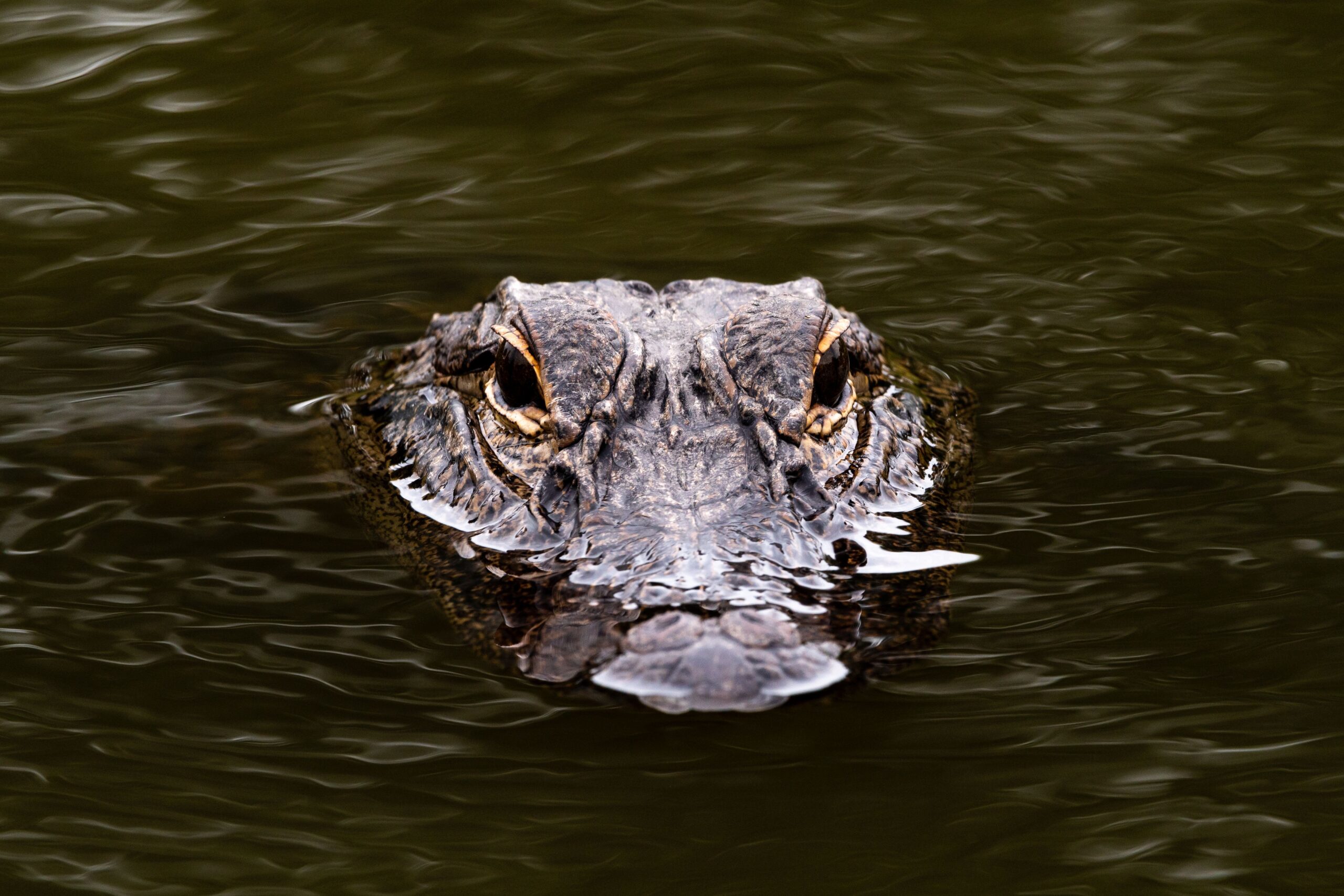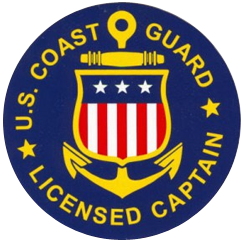The Everglades is filled with beautiful natural around you. Enjoy the scenic drives going through the everglades on Everglades Airboat Tours. Royal Palm to Flamingo, a 76-mile round-trip. This scenic drive along Main Park Road passes through prairies, rare pinelands, Mahogany Hammock, and ends at Florida Bay. The trip will last all day if you take the opportunity to stop at the overlooks, trails, and backcountry waters. The main road is an excellent place to spot wildlife. Shark Valley to Everglades City is a 49-mile one-way trip along the Tamiami Trail (U.S. 41). This tour across the northern part of the park offers unobstructed views of the natural wilderness of the Everglades. The Shark Valley visitors center, Miccosukee Cultural Center, and Big Cypress National Preserve are just a few of the must-sees on this drive.
The diverse ecosystem of the Everglades hosts more than 750 animal species. Habitats range from Caribbean tropical to temperate North American, making it possible for a range of creatures to co-exist in the park. The Everglades are also home to 14 threatened or endangered species, including the Florida panther and the West Indian manatee.
More than 1,000 plant species can be found in the park. The sawgrass that makes up most of the prairies in the Everglades is one of the oldest green plants in the world. The roots of the plant are adaptable, allowing it to survive during wet and dry seasons. The park’s ecosystem is distressed because of several non-native plant species, including the Brazilian pepper and seaside mahoe.
To capture the natural beauty of the Everglades, take your camera to Pahayokee overlook. Standing on the platform will give you excellent views of the vast sawgrass prairies and unique bird species. On the Mahogany Hammock Trail you can capture the park’s rare, jungle-like hammocks—tree islands—and the largest living mahogany tree in the country. But the best place to photograph the Everglades may be on the water trails at Flamingo and the Gulf Coast, where you can find an abundance of wildlife. Remember, some of the best photographic conditions occur in early morning and at dusk, when the lighting is soft. Taking your photographs at these times is also a great way to beat the heat.
To get a better understanding of the everglades, take a guided tour. The information you learn will enrich your experience.






